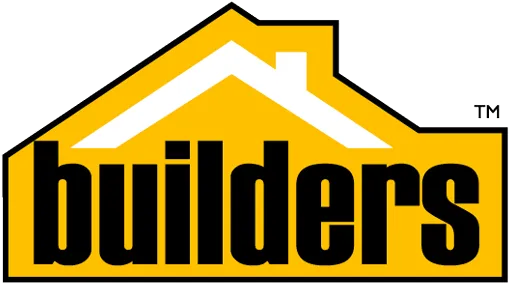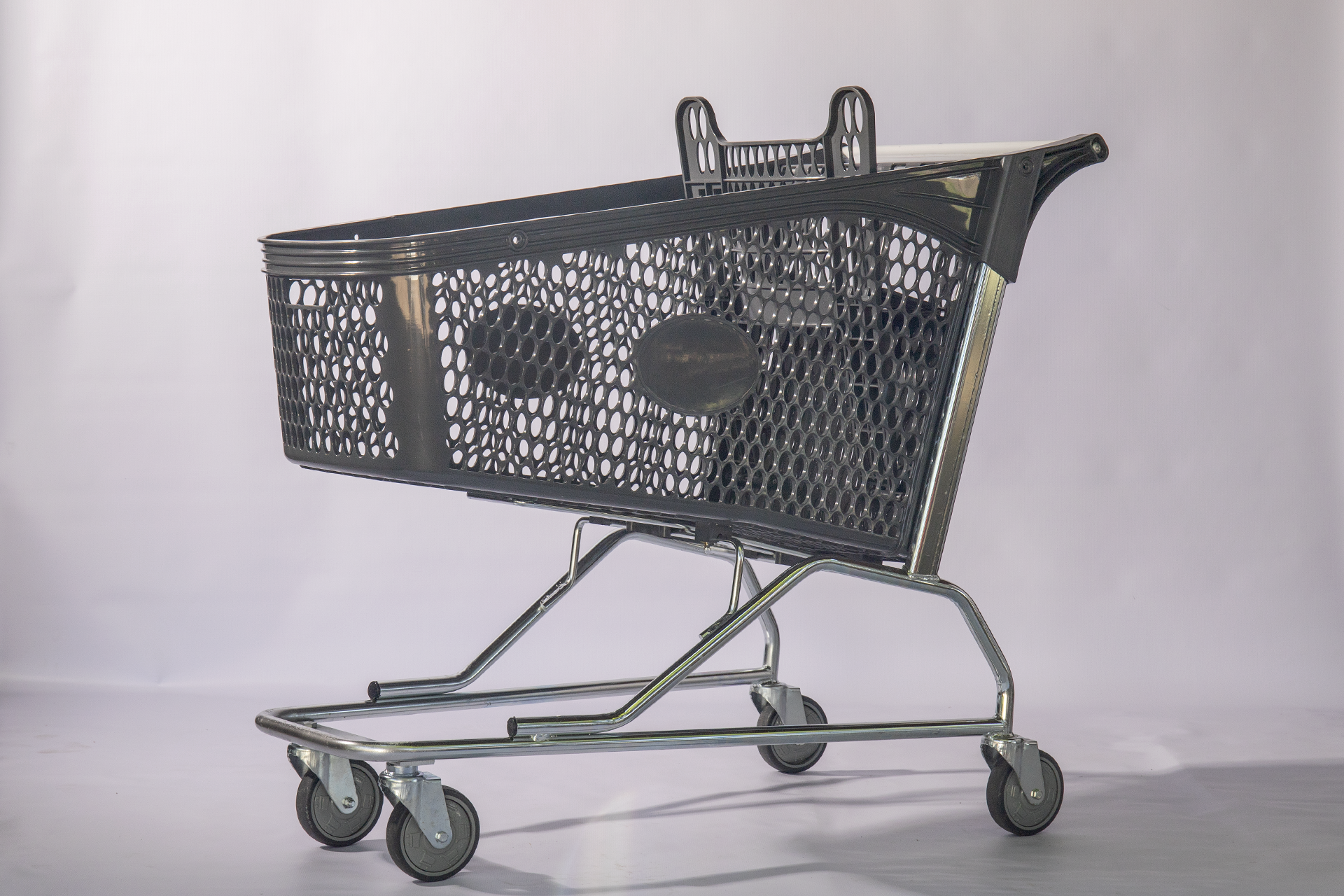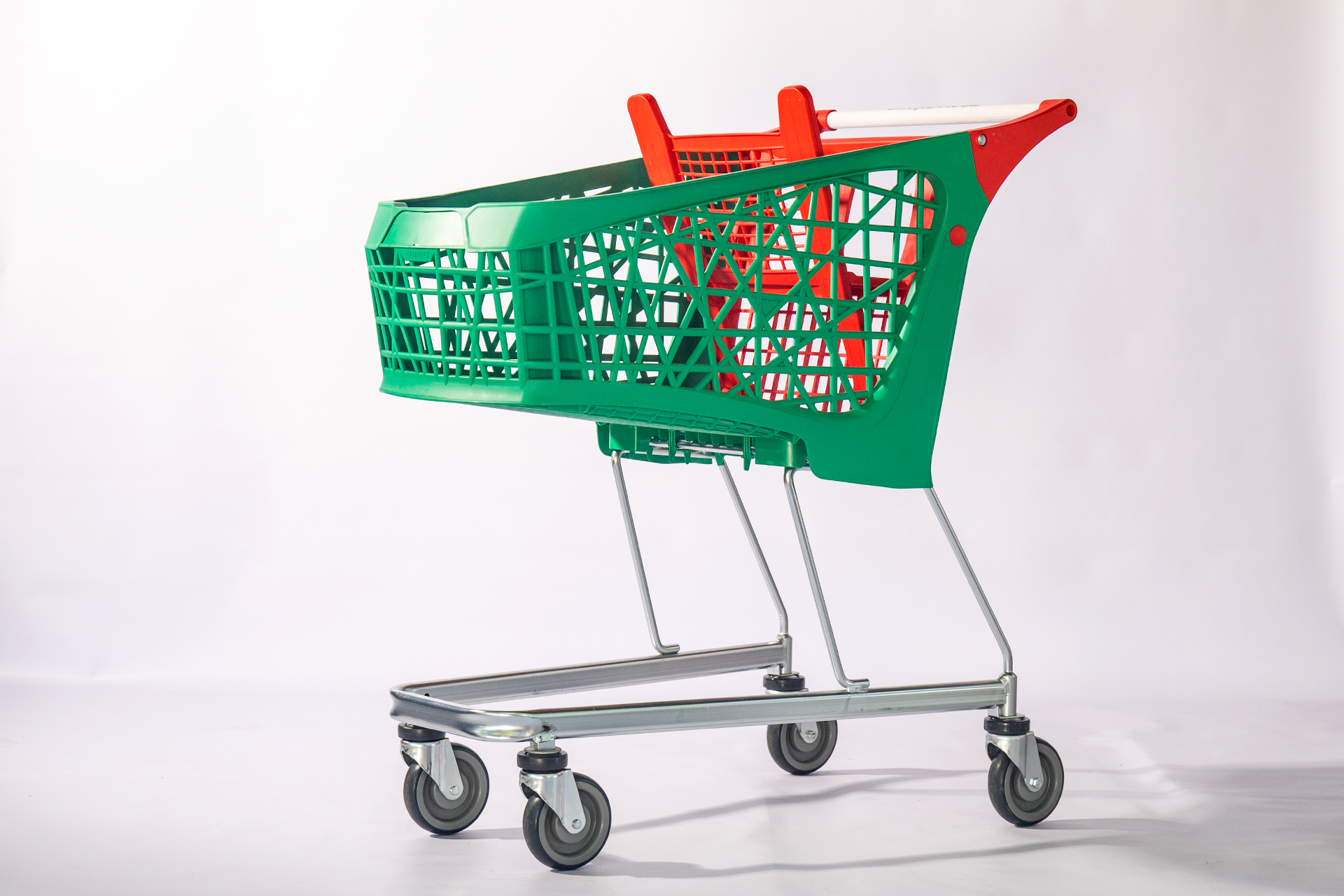Product Information
Hypercage
A hypercage is a reinforced, often stackable or collapsible, metal or composite cage system designed for safe, high-volume transport and temporary storage of retail goods, particularly in back-of-store and shelf-replenishment operations.
Dimensions:
1185mm Long
475mm Wide
860mm Deep
Product Material: Galvanized electroplated steel
Weight: 40kg
Key Features
-
Durable Framework:
Built from reinforced steel or polymer with mesh or slotted walls to contain various package sizes securely. -
Modular Design:
Often includes removable shelves or dividers, allowing for customization based on product type (e.g. dairy, produce, dry goods). -
High Mobility:
Equipped with smooth-rolling, lockable wheels for easy movement through narrow aisles and backroom areas. -
Ergonomic & Safe:
Designed for quick access to goods and minimal strain for workers during loading/unloading. -
Space-Efficient:
Collapsible or stackable when empty, optimizing space in storage areas or on delivery trucks.
Uses in Supermarket Operations
-
Goods Receiving & Sorting:
Items are loaded into hypercages at distribution centres and rolled directly into stores for efficient unloading. -
Stock Replenishment:
Staff use hypercages to restock shelves, especially during off-peak hours. -
Backroom Organization:
Acts as temporary mobile shelving for goods awaiting placement or promotion. -
Delivery Systems:
Retail chains use them as part of loop logistics, sending empty cages back with delivery trucks for reuse.
Benefits to Supermarkets
-
Reduced Labour Time:
Speeds up shelf restocking and minimizes product handling. -
Minimized Damage:
Prevents overstacking and rough handling of products during transit. -
Inventory Control:
Simplifies tracking and staging of goods, especially when tagged with barcodes or RFID.
Product details
What’s a Rich Text element?
The rich text element allows you to create and format headings, paragraphs, blockquotes, images, and video all in one place instead of having to add and format them individually. Just double-click and easily create content.
Static and dynamic content editing
A rich text element can be used with static or dynamic content. For static content, just drop it into any page and begin editing. For dynamic content, add a rich text field to any collection and then connect a rich text element to that field in the settings panel. Voila!
How to customize formatting for each rich text
Headings, paragraphs, blockquotes, figures, images, and figure captions can all be styled after a class is added to the rich text element using the "When inside of" nested selector system.
Trusted By





















